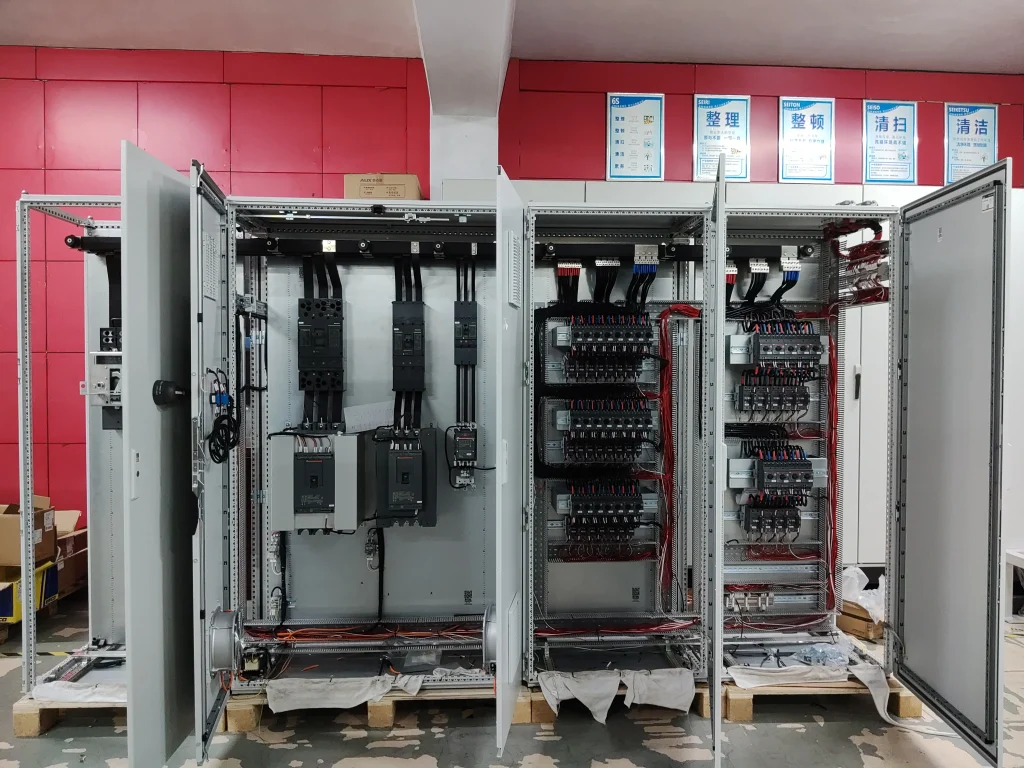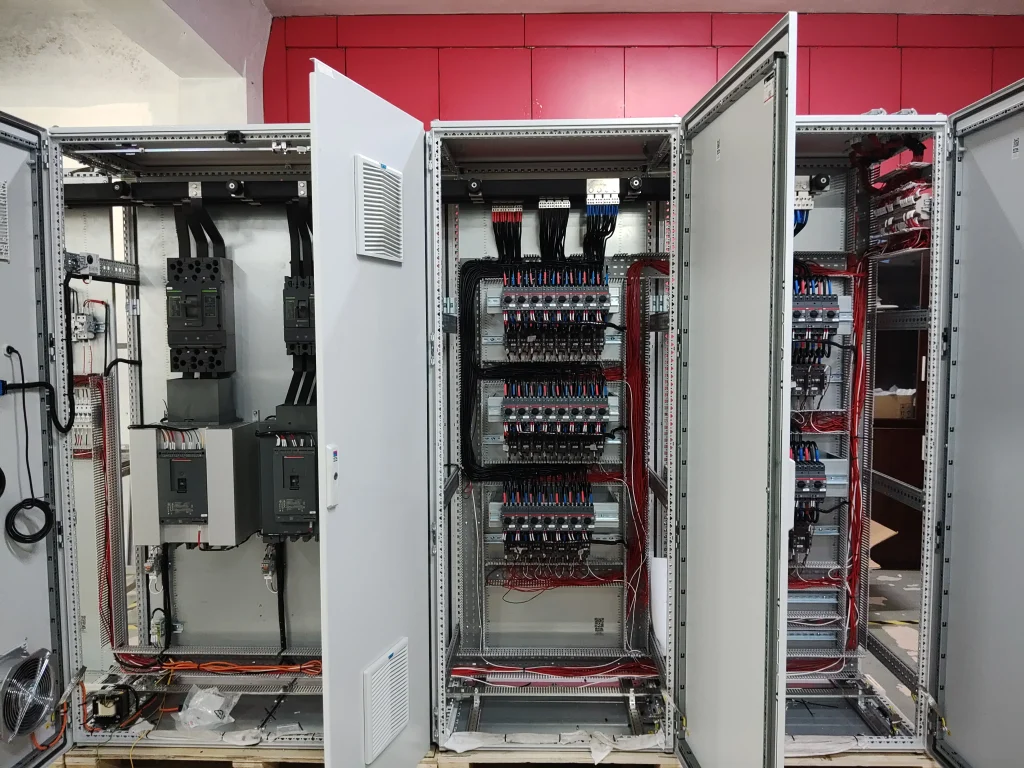Power trips stop production. Unclear wiring slows repairs. Wrong panels fail audits. I need a motor control center that is safe, clear, and compliant. I want future-proof power.
An MCC groups motor feeders into one cabinet line-up for safe control, protection, and maintenance. I choose by load list, environment, standards, and service needs to keep uptime high.

I will keep this simple and practical. I explain what an MCC does. I compare the main types. Then I show how I write a clear spec that passes inspection. I add notes from my own projects.
Machines need clean starts, safe stops, and fast fault clearing. I also need clear labels and simple service. An MCC gives me all of this in one place with one standard layout.
An MCC houses starters, drives, and protection for many motors. It centralizes control, enables isolation, supports maintenance, and shares metering and comms, so the plant runs safer and longer.
I manage sites with conveyors, pumps, fans, and mixers. Each motor needs overload protection and a clear way to start and stop. If I scatter control boxes around the plant, I waste time and create risk. An MCC fixes that. It brings feeders into one modular line-up. I get uniform buckets, the same wiring rules, and clear labels. When a motor trips, my techs see it fast. They reset safely or swap a unit in minutes.
I save floor space and cable cost as well. I bring one set of feeders from the switchgear and then distribute to motors. I plan for future change. With a modular MCC, I add a new bucket or replace a starter with a VFD without cutting new doors or drilling new holes. I keep spares on the shelf for common sizes. This cuts downtime.
I connect data to SCADA. I read run status, faults, energy, and hours. I see trends. I find a bearing that drifts hot before it fails. I shift loads to off-peak. I also lock out with confidence. I want visible isolation and test points. I want shutters or barriers where needed. I want interlocks to stop wrong moves. I train my team well and I keep the one-line up to date. A clean MCC makes all of this easier.

| Function | What it does for me | Devices I use |
|---|---|---|
| Motor protection | Stops faults fast | Overload relays, breakers, fuses |
| Control | Starts, stops, speeds | Starters, soft starters, VFDs |
| Isolation | Safe work and LOTO | Disconnects, draw-out or plug-in units |
| Monitoring | Shows status and power | Meters, PLC/IPC, HMI |
| Communication | Shares data to SCADA/MES | Modbus, Profinet, EtherNet/IP |
| Maintainability | Speeds swap and service | Withdrawable buckets, labeled wiring |
I group MCCs by how I mount and service the units. I decide how fast I must swap a bucket and how much arc energy I can tolerate. I also check space, rating, and budget.
The main MCC types are fixed-unit, plug-in, and withdrawable. Fixed is simple and lower cost. Plug-in speeds change-outs. Withdrawable adds isolation, shutters, and the fastest safe service.
Tel: +86-186-6162-7561
Qiyang Road, Gumiao Industrial Park, Chengyang District, Qingdao City, Shandong Province